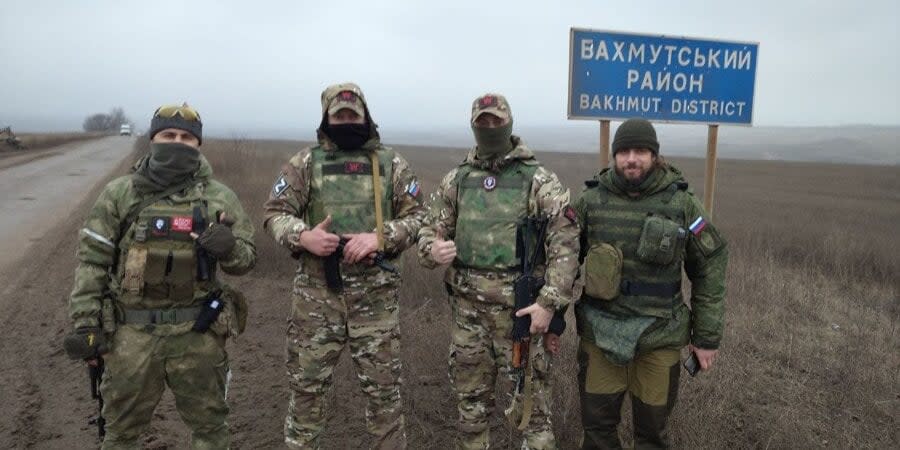Regular Russian army likely to replace exhausted Wagner Group forces in Bakhmut offensive

The Wagner Group’s assault on Bakhmut has likely culminated with its surge on Soledar, the publication said.
Read also: Ukrainian military says fighting continues near Soledar
“Wagner Group forces in Bakhmut have not made significant gains since capturing Soledar around Jan. 12. Conventional Russian units are now participating in fighting in Bakhmut to reinvigorate the Russian offensive there,” ISW wrote.
Read also: Russia losses as many soldiers near Soledar as in two wars in Chechnya
According to analysts, combat footage released on Jan. 20 indicates that Russian Airborne Forces or VDV are operating around Bakhmut, as they show a Russian BMD-4M, a niche mechanized vehicle used exclusively by the VDV.
“The Russian Ministry of Defense has been increasingly reporting that Russian VDV are operating in the Bakhmut area since early January 2023, indicating conventional Russian forces are augmenting if not replacing likely culminated Wagner forces in the area,” ISW experts noted.
According to the U.S. analysts, after the transfer of additional forces, the Russians have probably yet to exhaust their offensive potential in the Bakhmut area.
Read also: Russia sends ‘tens of thousands’ poorly trained soldiers to assault Bakhmut, Pentagon says
Previously, the Ukrainian military said it would not leave Bakhmut in Donetsk Oblast as long as there was an opportunity to hold and defend the city, media reported.
Russia has been attacking Bakhmut for several months, with very limited success and at the same time sustaining very large numbers of casualties, according to Ukrainian military sources.
Military analysts believe that Russia is investing so many forces in battle for Bakhmut not so much as to capture the city, which is of limited strategic significance, but in an attempt to wear down Ukrainian forces ahead of expected offensives by both sides in spring.
Previously, Ukraine held an advantage in manpower, but was short of artillery, while Russia faced the opposite problem, having mass artillery but not enough troops to hold an extensive front line in Ukraine.
Read also: Azov Regiment becomes assault brigade and already fighting in Bakhmut
That has since changed with the Russian mobilization in October, and the shorting of the front line following Russia’s retreat from the western bank of the Dnipro River in Kherson Oblast in early November.
However, Ukraine has also received more artillery – western weapons that are longer-range and more accurate than the Russia’s Soviet-era weapons, and its soldiers are undergoing training at several sites abroad.
Meanwhile, Russia may be suffering shortfalls in artillery ammunition, having expended large amounts in the initial stage of its full-scale invasion of Ukraine: Military analysts have observed a decrease in the amount of artillery fire from the Russian side in recent weeks.
Read the original article on The New Voice of Ukraine

